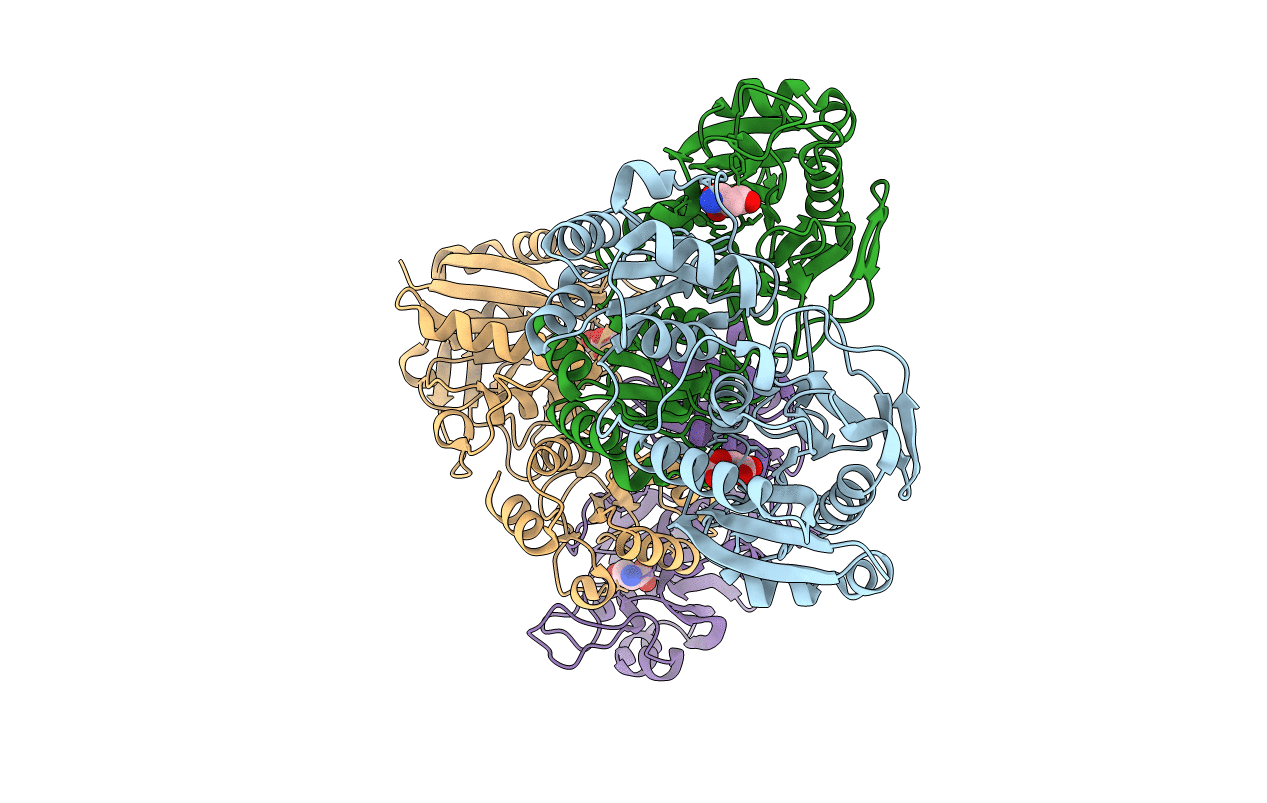
Deposition Date
2016-05-19
Release Date
2017-03-29
Last Version Date
2023-09-27
Entry Detail
PDB ID:
5K3O
Keywords:
Title:
Wolinella succinogenes L-asparaginase P121 and L-Aspartic acid
Biological Source:
Source Organism:
Host Organism:
Method Details:
Experimental Method:
Resolution:
1.70 Å
R-Value Free:
0.20
R-Value Work:
0.17
R-Value Observed:
0.17
Space Group:
C 1 2 1


